Hackers new weapon.
Professor John Parrington, from Oxford University, warns that the security services, including the FBI, are increasingly concerned about the spread of gene editing technology by biohackers.
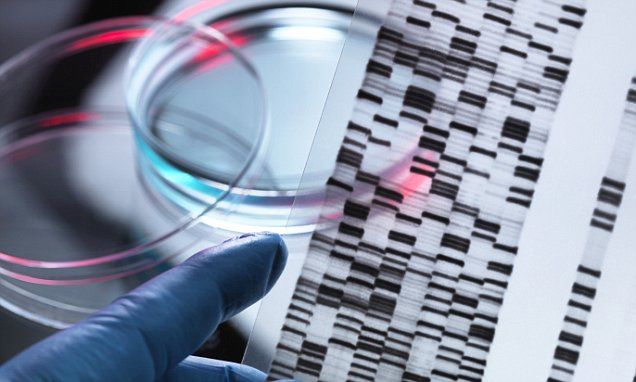

A new tool to battle colon cancer.
Edible ginger-derived nano-lipids created from a specific population of ginger nanoparticles show promise for effectively targeting and delivering chemotherapeutic drugs used to treat colon cancer, according to a study by researchers at the Institute for Biomedical Sciences at Georgia State University, the Atlanta Veterans Affairs Medical Center and Wenzhou Medical University and Southwest University in China.
Colorectal cancer is the third most common cancer among men and women in the United States, and the second-leading cause of cancer-related deaths among men and women worldwide. The incidence of colorectal cancer has increased over the last few years, with about one million new cases diagnosed annually. Non-targeted chemotherapy is the most common therapeutic strategy available for colon cancer patients, but this treatment method is unable to distinguish between cancerous and healthy cells, leading to poor therapeutic effects on tumor cells and severe toxic side effects on healthy cells. Enabling chemotherapeutic drugs to target cancer cells would be a major development in the treatment of colon cancer.
In this study, the researchers isolated a specific nanoparticle population from edible ginger (GDNP 2) and reassembled their lipids, naturally occurring molecules that include fats, to form ginger-derived nano-lipids, also known as nanovectors. To achieve accurate targeting of tumor tissues, the researchers modified the nanovectors with folic acid to create FA-modified nanovectors (FA nanovectors). Folic acid shows high-affinity binding to the folate receptors that are highly expressed on many tumors and almost undetectable on non–tumor cells.
Very hopeful — Nano-based masks for a more comfortable radiation treatment.
BOSTON, Sept. 7, 2016 /PRNewswire/ — September 25–28, 2016 – Like every year, Orfit Industries will be present at the ASTRO Annual Meeting in the Boston Convention & Exhibition Center known to be the world’s most important meeting for the radiation oncology community, with more than 11,000 people attending each year. Orfit Industries invites customers, medical specialists and professionals to come to the Orfit booth (no. 2033) and try on the new generation of nano-based masks.
Compared to Efficast® masks used for head and neck immobilization, immobilization masks made from nano-enhanced thermoplastic sheets provide the patient with more comfort through a lower degree of shrinkage and therefore reduced pressure on the face during radiation therapy. The issue of mask tightness is a very common one as medication received during the radiation treatment phase may result in an increase in the volume of the patient.
In its efforts to provide a higher degree of patient comfort, Orfit Industries developed a nano-based thermoplastic material that results in thinner masks with less shrinkage. Orfit engineers have interwoven a natural material (nano clay) in the inner layers of the thermoplastic material, which resulted in a substantial improvement of its mechanical properties. Thermoplastics will shrink when they cool on the patient during the mask making process and therefore have an impact on comfort, in particular when the volume of the patient tends to increase in the course of treatment. In this context, the reduction of shrinkage by means of NANOR® is an important step forward as it provides the degree of comfort required to minimize patient movement during the delivery of the dose.
Let’s see what medical robots we inevitably work closely in the future. From surgical precision to taking blood samples, robotics in healthcare is coming.
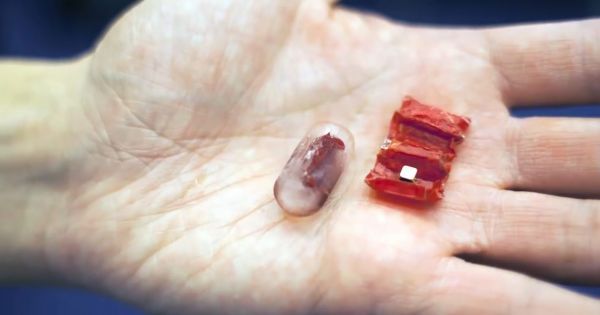
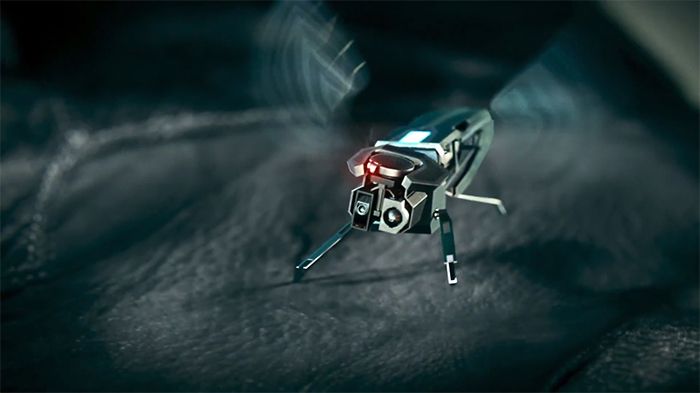
Silicon Valley, or the Greater Bay Area, is the 18th largest economy in the world, more than half the size of Canada’s economy and bigger than Switzerland, Saudi Arabia or Turkey. This is because the region has become the world leader in research and development of emerging technologies such as artificial intelligence, robotics, software and virtual reality.
“Software is eating the world,” said Silicon Valley investor Marc Andreessen famously in 2011. It was controversial but prescient.
Five years later, software-driven machines and drones perform surgery, write news stories, compose music, translate, analyze, wage war, guard, listen, speak and entertain. The world’s biggest box office hits — animated films such as “Frozen” or special effects in Hollywood blockbusters like “Star Wars” — are made using software.
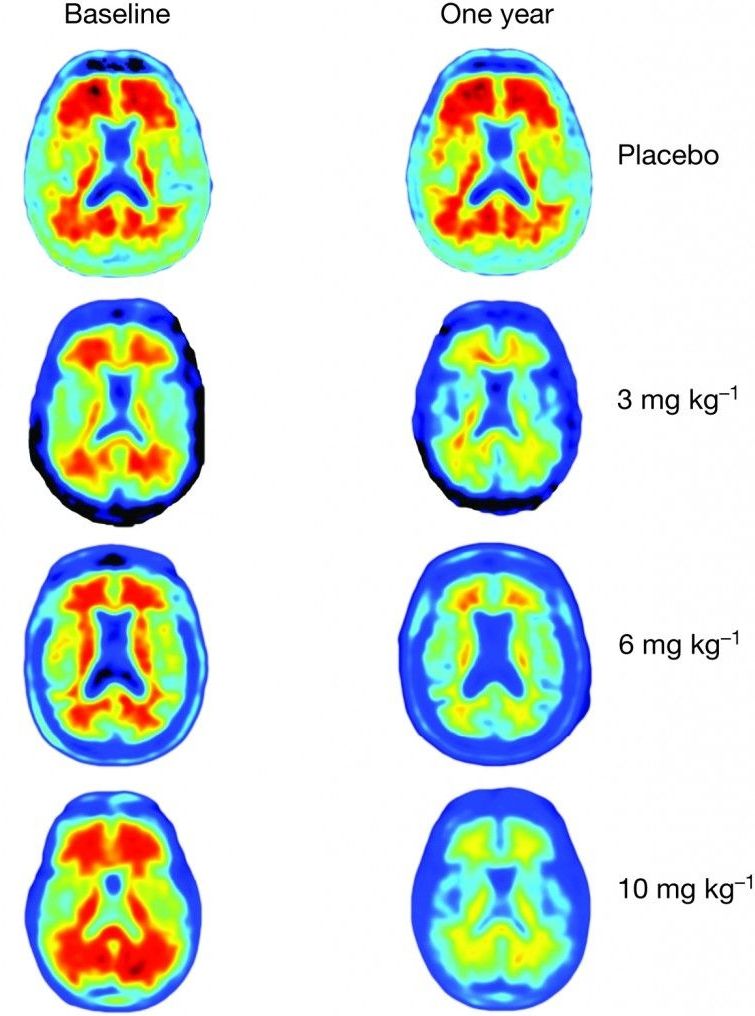
In people with Alzheimer’s disease, a new investigational drug can dramatically reduce the amount of amyloid beta plaque, the tangled clumps of proteins that form in the brains of Alzheimer’s patients, according to a new early study of the drug.
The drug works by spurring the immune system to recognize and clear the plaques.
“We believe that’s a hint of efficacy,” study co-author Dr. Alfred Sandrock, a neurologist and an executive vice president at Biogen, said during a news briefing. “We believe that needs to be confirmed with further studies.” Biogen is the Cambridge, Massachusetts, company that funded the trial and applied to patent the drug. [10 Things You Didn’t Know About the Brain].
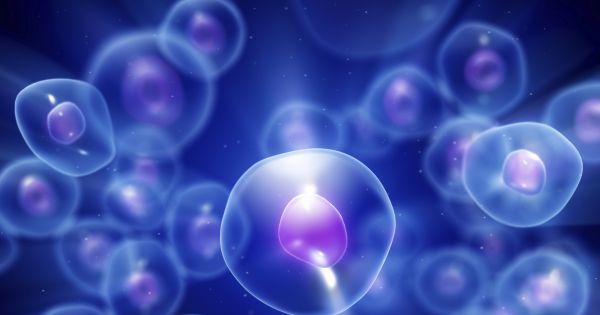
In a study published in Nature Medicine, researchers report that they have successfully coaxed stem cell-derived neurons to regenerate lost tissue in damaged corticospinal tracts of rats.
Stem cells are an amazing part of medical research. Because of their ability to become virtually any cell in the human body, they could hold the cure for many varied and grave diseases—from bones, to sight, to memory and thinking, stem cells could help us correct a host of conditions.
In fact, it seems that stem cells might be the key to repairing spinal cord injuries.
Other than speeding up bone healing, slowing Alzheimer’s in mice, ultrasound has been found to help with speedy wound healing. Ultrasound application can help diabetic patients, who suffer from helping defects, up to 30% to decrease the healing time of wounds.
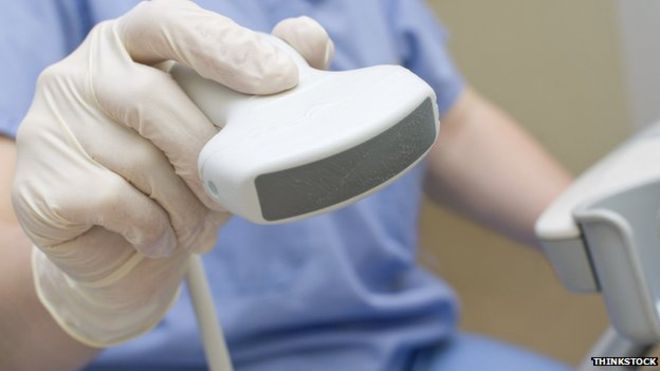
These type of sound waves, trigger a protein pathway essential for fibroblast cells to work. Fibroblast cells help in blood clotting. The number and speed of blood clotting cells are increased in the area of the wound, and the healing process begins. This technique could lower the instances of amputation in case of chronic healing defects in diabetic patients.
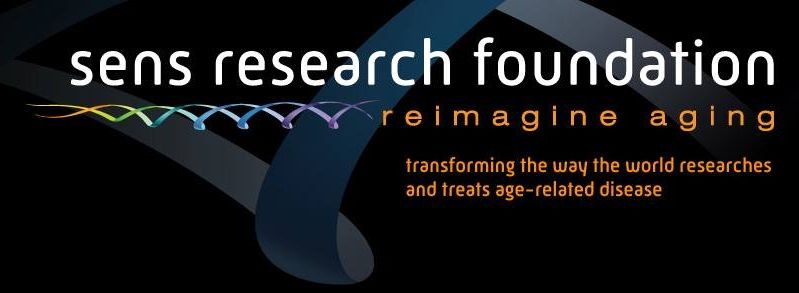
The SENS Research Foundation has finally published this anticipated and important paper on mitochondrial gene transfer which has ramifications for mitochondrial diseases and more importantly one of the processes of aging. It is great to see that finally after a decade of criticism Aubrey de Grey has proven his approach is viable.
We explore the possibility of re-engineering mitochondrial genes and expressing them from the nucleus as an approach to rescue defects arising from mitochondrial DNA mutations. We have used a patient cybrid cell line with a single point mutation in the overlap region of the ATP8 and ATP6 genes of the human mitochondrial genome. These cells are null for the ATP8 protein, have significantly lowered ATP6 protein levels and no Complex V function. Nuclear expression of only the ATP8 gene with the ATP5G1 mitochondrial targeting sequence appended restored viability on Krebs cycle substrates and ATP synthesis capabilities but, failed to restore ATP hydrolysis and was insensitive to various inhibitors of oxidative phosphorylation. Co-expressing both ATP8 and ATP6 genes under similar conditions resulted in stable protein expression leading to successful integration into Complex V of the oxidative phosphorylation machinery. Tests for ATP hydrolysis / synthesis, oxygen consumption, glycolytic metabolism and viability all indicate a significant functional rescue of the mutant phenotype (including re-assembly of Complex V) following stable co-expression of ATP8 and ATP6. Thus, we report the stable allotopic expression, import and function of two mitochondria encoded genes, ATP8 and ATP6, resulting in simultaneous rescue of the loss of both mitochondrial proteins.